Storm Damage Restoration
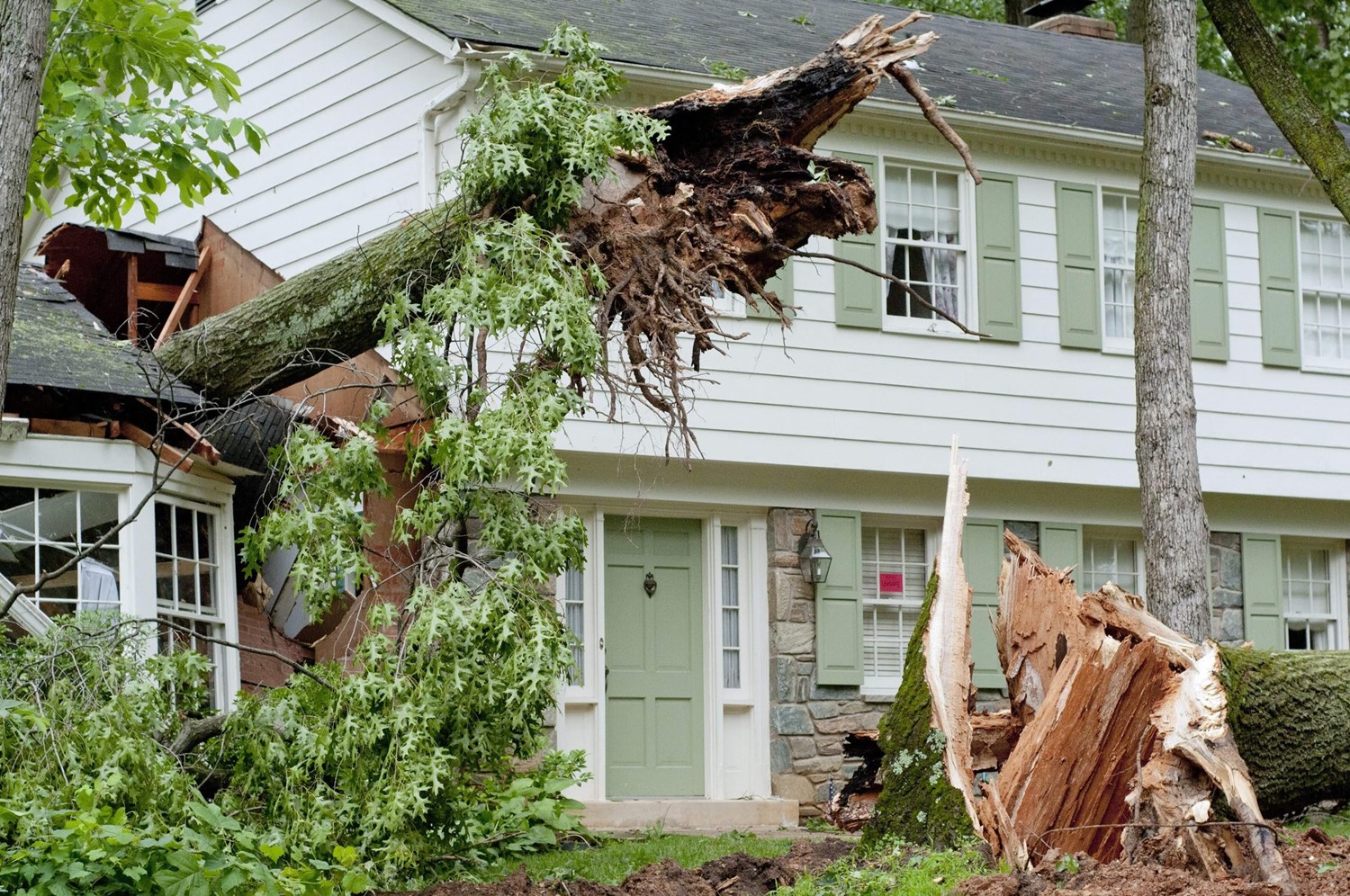
Storm Damage Restoration
The Rochester area can see all 4 seasons on the same day. Weather is crazy, and the storm damage left behind can be even crazier. Rock Environmental, a local remediation & restoration company, is available 24/7 for emergency storm damage restoration.
We will work with your home insurance company to make the restoration as seamless as possible and get your property back to pre-storm conditions.
Severe storms can be devastating to your property as well as your family. Taking all safety precautions, we will effectively and quickly provide storm damage cleanup and restoration! Contact us today for restoration services due to storm damage.
Damage Causing Storms
Winter Storms
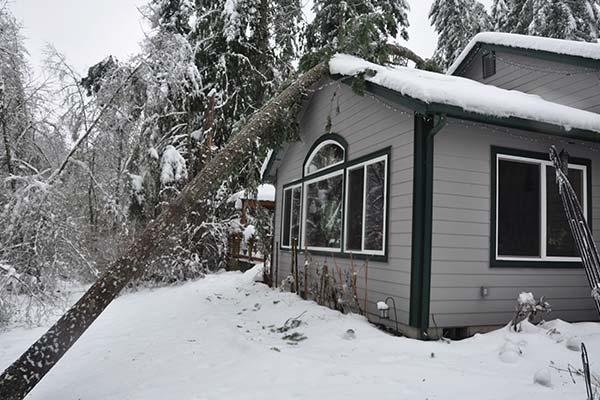
Our is all too familiar with winter storms. The months tend to drag on bringing with them snow, wind, ice, and severely cold temps. During these months, ice dams form causing damage to roofs and gutters. Heavy snow can also cause damage to roofs causing them to cave in or leak.
Tropical Storms
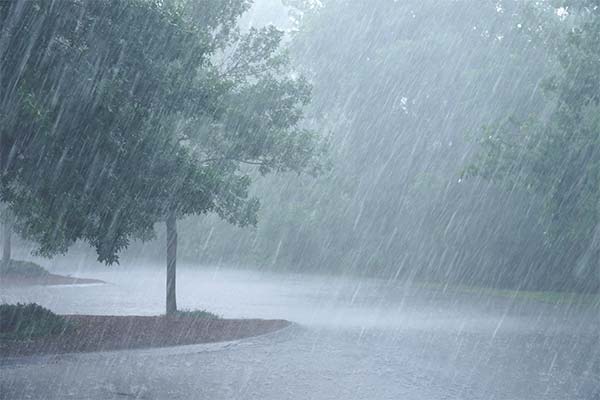
We may not be directly affected by tropical storms but we often feel the latent effects. These usually come with high winds and continuous days of rain. When these storms come through the NY area, they can bring along flooding of creeks, property, roads, and rivers causing extensive damage.
Wind Storms
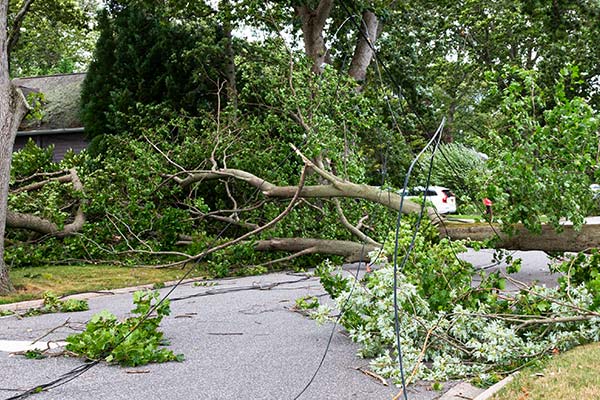
Every year our area sees wind storms that cause severe damage. Shingles fly off of roofs, power lines and utility poles are downed, fences are knocked over, and trees are uprooted. Damaging winds can cause destruction to roofs, windows and more.
Thunderstorms
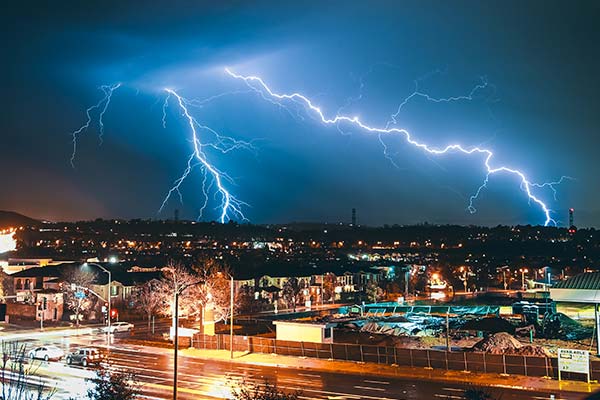
Thunder is usually just noise, but sometimes there can be lightning, heavy rain, strong winds, and hail. The damages caused by thunderstorms can include lightning strikes to a home or nearby trees (causing them to break and fall), hail damage to your roof or property, missing shingles, and water leaks.
When lightning strikes there is a possibility to have damage to an electronic component in your home or business. Lightning strikes have been known to cause damage to electronic equipment up to a-half-mile from the point of contact, although this is rare. More localized strikes within 100 yards from the point of contact tend to cause more notable damage to the equipment's performance. Overheating can also cause an electronic component to fry.of frying your home's electrical system and fire (resulting in the need for fire damage restoration).
Hail Storms
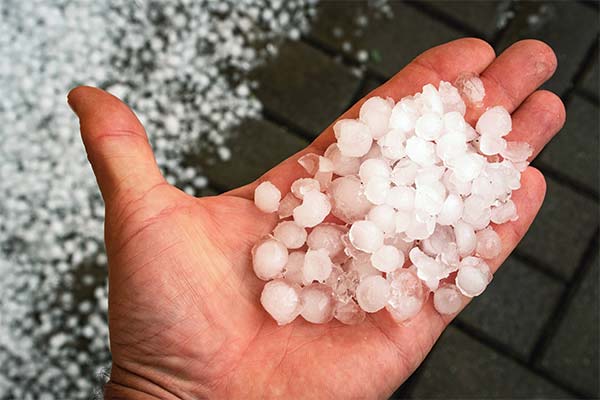
These types of storms can happen at any time, and usually, they come out of nowhere without warning. Sometimes hail can be small pellets but can get to the size of a baseball. Hail can break through windows, cause severe damage to roofs, and destruction of your property.
Rain Storms
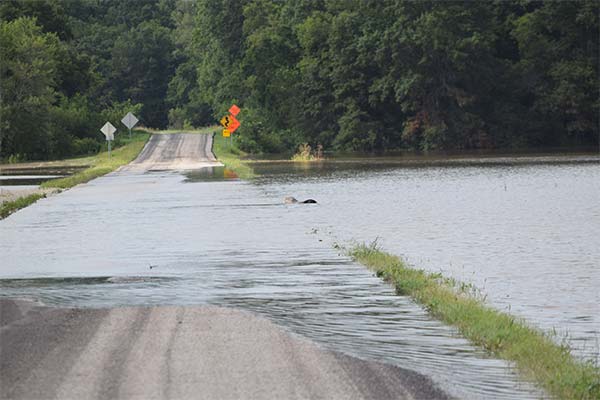
Torrential rains can leave inches of standing water on your property. During heavy storms, the additional water can cause lakes, rivers, and creeks to rise to a level to cause severe flooding. There are times when the water is already high that high winds might occur. When this happens, flooding may reach farther inland causing severe water damage to your home or business.
Services You May Need After a Storm
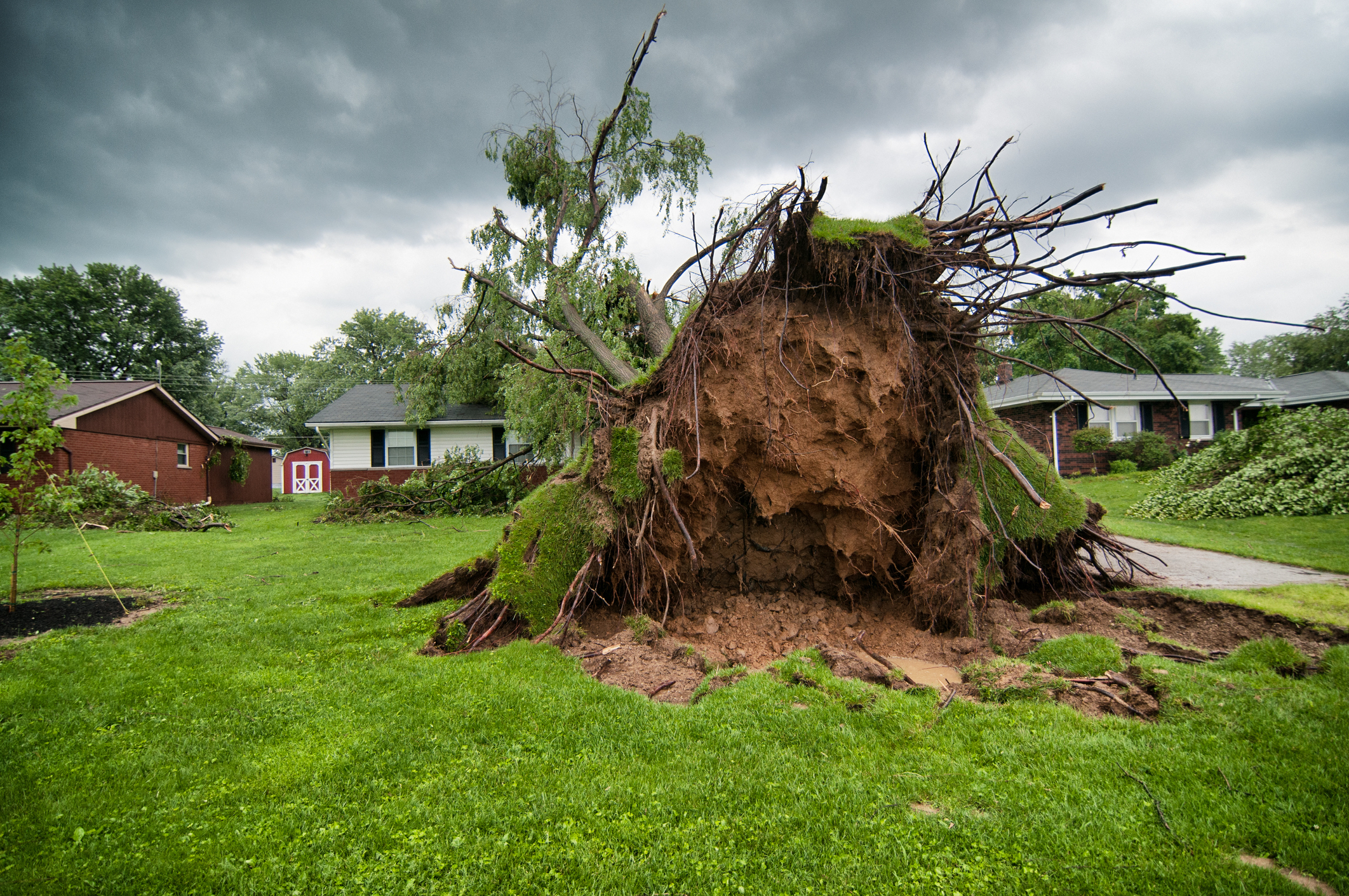
Emergency Shrink Wrap Roof
Wind damage to your roof can cause water to leak into your home. Leaks often lead to other problems like mold. If you are missing a large number of shingles, or if a tree has landed on your roof, consider getting your roof wrapped until it can be repaired.
It may not always be possible to see the extent of damage to your roof after a storm, but often if your neighbors are having repairs to their roof, you may likely need some as well.
Tree Removal
If a tree has fallen onto your roof due to wind storms or heavy rainfall (loosening the roots), we will remove the tree so further assessments and repairs may be conducted. During this time we can provide the roof shrink wrap until repairs can be made.
Water Damage Restoration
Storms in the Rochester, NY area occasionally lead to flooding. Lower levels of homes can end up with several inches of standing water by the time the storm ends. For those who live near the lakeshore, high winds often lead to the water crashing onshore and flooding basements and yards.
We provide emergency services to remove the water from your home and dry out the space. The quicker this can be done the better to reduce the chance of structural damage and mold growth. Water damage doesn't just occur with flooding; it can also happen from leaks in your roof or windows. If you notice water damage on your ceiling or walls, give us a call!
Emergency Board Up
If a storm has caused broken windows due to flying or falling debris, we offer window and door board-up services. This way we can get the inside of your home protected as much as possible from the elements outside.
Mold Remediation
After a storm has ended, there may have been unseen flood damage or leaks in your home. If this is the case, likely, it wasn’t dried out which would allow mold to grow. If a few days after a heavy rainstorm or flooding you smell musty odors, water likely got in your home somehow. But don’t worry, our crew is highly trained to handle mold remediation of any kind.
Pack-Out and Storage
IIf severe damage has been done to your home after a storm, we offer our secure pack-out and storage of your belongings. Items that have not been affected by the storm damage can be safely packed up and removed from the home to ensure no damage comes to them. We can store them at our secure facility until your home has been restored.
What You Should & Shouldn’t Do After a Storm
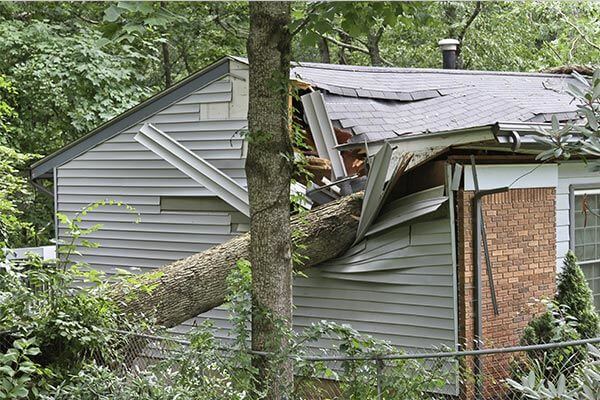
When facing the restoration of your home or business following a major weather event, it’s natural to want to dive right in and tackle the problem.
Severe storm damage can result in downed power lines, washed-out roads, fallen trees, and extreme temperatures, all of which can impact your ability to clean up and restore your property. Knowing the total area affected by the storm and the extent of damage is important as both factors could also impact you and your property, even after the storm has passed.
For example, if a severe thunderstorm brings torrential rains, and you live near a creek or river, water levels can continue to rise for several hours after the rain stops, which means there’s still a risk of flooding. Similarly, power outages may still be possible even if you maintained power during the storm. The power company may need to shut off electricity to areas during cleanup efforts.
Taking these things into account before you dive right into cleanup will help ensure a safe and effective restoration process for your home or business.
Focus on Your Property
Before you start any storm damage cleanup or restoration efforts, you should first contact your insurance provider to learn more about what your policy covers. Your insurance policy details can influence whether you file a claim and can help guide you on how you tackle the restoration.
After contacting your insurance company, you’ll want to work on documenting the damage, and then consider using a professional property restoration contractor or creating a plan for tackling the work yourself.
Document Everything
When you do an initial assessment of the storm damage to your property, take thorough notes on all the issues both inside and outside. It’s always a good idea to take photos of everything as well. On the outside, see if you have any roof damage, power line concerns, standing water, fallen trees, broken glass, damaged siding, or related outdoor damage. Problems on the exterior could carry over to the interior, or they could impact how you address other damage sustained to the inside of your property.
Assuming it is safe to enter your property, you’ll want to continue the assessment and documentation process inside. Note any flooding, signs of leaks, strange smells, or damage to windows, walls, and other areas. Be sure to check any areas that sustained damage on the exterior. For example, if a large tree limb fell on your roof, check the same area of your ceiling inside for cracks or leaking water.
Once you have an assessment of the situation, you are in a better position to decide two things:
- Will you be filing an insurance claim?
- Do you need the assistance of a professional restoration company?
Call a Professional Restoration Service
Depending on the extent of property damage, your insurance coverage and requirements, or your comfort level in being able to handle the storm damage cleanup, you may need to call a professional restoration company like Rock Environmental. We are trained in property restoration following wind, water, and storm damage, as well as sewage cleanup, which may also be necessary if storm-related flooding caused a backup.
If you’re unsure whether you need professional services, contact the Rock Environmental team and they’ll be happy to talk through the situation with you.
Starting Work on Your Property
If you choose to handle all or most of the storm damage cleanup on your property, here are some tips to keep in mind.
- Assess the Damage: After you are sure the severe weather threat has ended, check your property for damages. When walking through storm damage, wear long pants, a long-sleeved shirt and sturdy shoes. Contact local authorities if you see power lines down. Stay out of damaged buildings. Be aware of insurance scammers if your property has been damaged.
- Complete urgent repairs. Certain repairs are more urgent than others to prevent additional damage from occurring. At home, this might mean handling a burst pipe. At the office, it could mean boarding up broken doors and windows. Based on the outside and inside assessments you did earlier, prioritize your repair process.
- Tackle key rooms. Decide which rooms you most need to access, and start the cleanup there. At home, key rooms might be the kitchen and bathrooms. At an office building, your key room might be the IT or server room, the immediate reception area, and so on.
- Look beyond what’s immediately visible. When working on rooms, move all furnishings out of the way and check walls, floors, and ceilings for signs of water damage. Dry the area thoroughly to avoid structural damage, and be on the lookout for mold.
Regardless if it was snow, wind, or rain, you will want to ensure repairs are done swiftly to make sure more problems don't arise. Rock Environmental provides an array of storm damage restoration and repair services for your home or business. See below what our professionals can do for you in your time of need!
DO wait until the storm has passed before checking for damage. Going out in the middle of the storm could cause injury to yourself, it is best to just wait it out and check later.
DO be aware of power lines and debris. Wind storms can bring down power lines that are still alive, these can be dangerous if approached. Additionally, there may be branches, nails, and glass scattered throughout your property. While walking to assess the damage, keep an eye on where you step.
DO take photos of any structural damage. You will also want to take photos of downed power lines, trees, and flooding. These can be helpful when filing an insurance claim. Then call the insurance company!
DO call Rock Environmental for any storm damage emergency! Our team is on standby when storms occur in the event you need us. Having an array of tools and equipment allows us to safely and effectively provide services for our community!
DO NOT vacuum standing water. There are wet/dry vacuums (ShopVac) that can handle the water, however, if there is a lot of standing water the risk of electrocution is greater. Leave the water removal to Rock Environmental.
DO NOT go into areas that have structural damage. You risk falling through floors or having other parts collapse. Rock Environmental crew members will safely assess the damage and determine if it is dangerous.
DO NOT clean up sewage or contaminated water. Sewer water is often contaminated and carries various diseases and bacteria. Being in the area of contaminated water poses a severe health risk to you. Luckily Rock Environmental is HAZWOPER trained to handle these hazardous situations.
DO NOT use electricity if the area is wet. Turning on an appliance where there is water can cause electrocution. Be sure all water has been removed and soaked up before using any appliances. Rock Environmental has high-powered water suction mats and pumps to get as much water out of the home as possible. Additionally, we have many fans and dehumidifiers on hand.
Storm Damage Restoration Costs
Restoration from storm damage can widely vary in costs. Depending on the type of damage and the extent may increase the costs. On average, storm damage restoration costs range from $750 to $5,000. Call Rock Environmental for your storm damage assessment.
